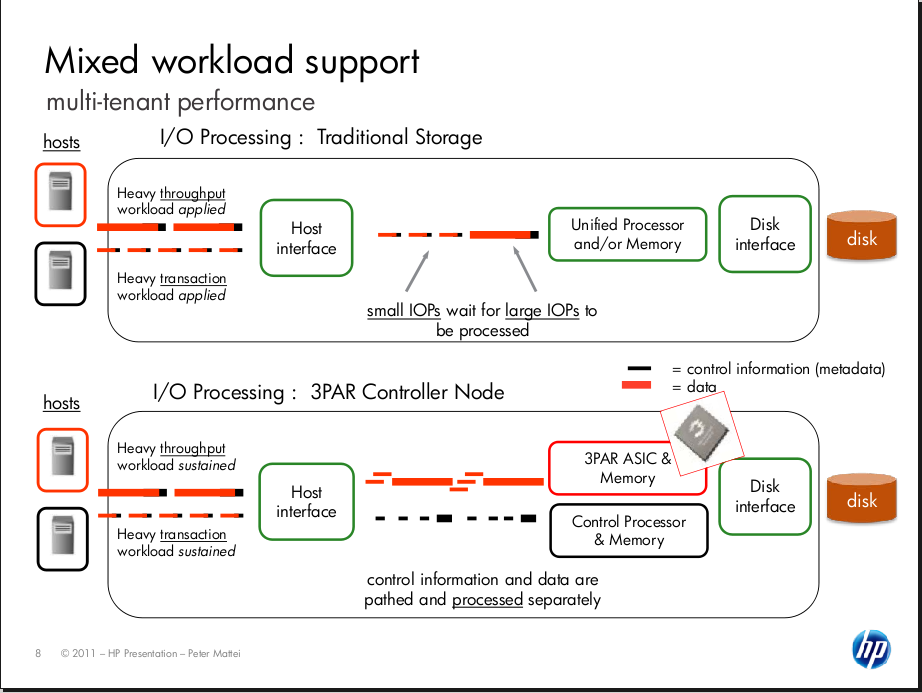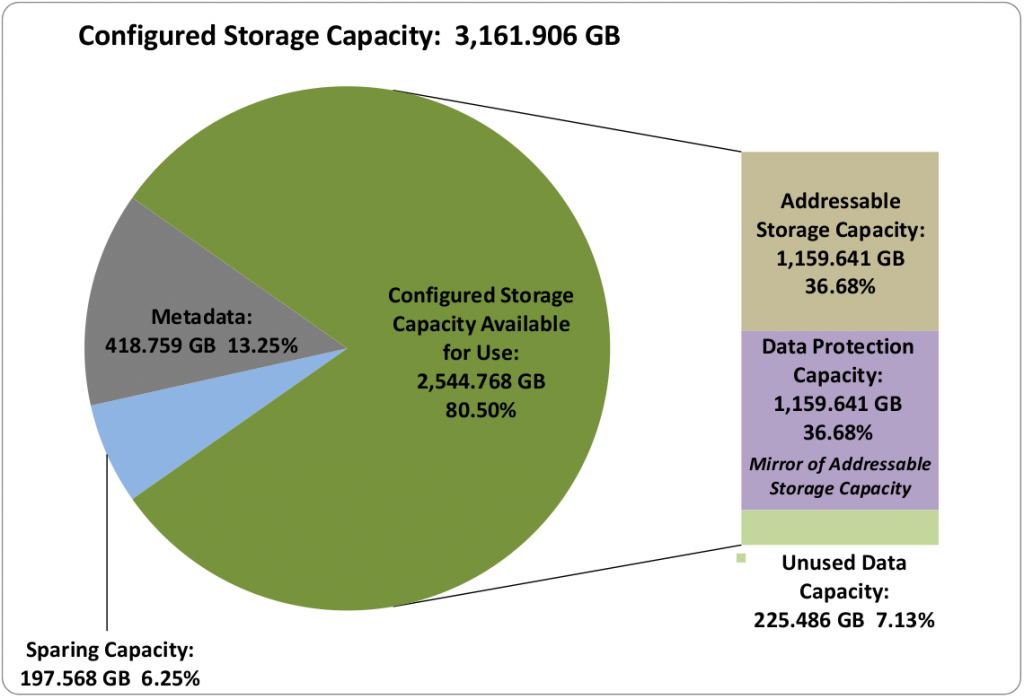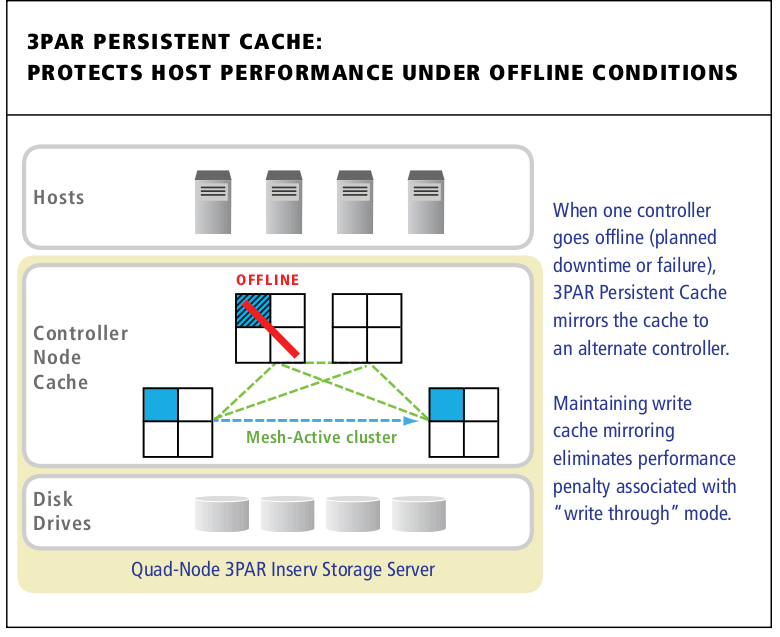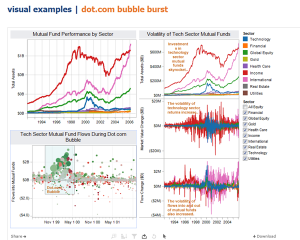Saw this come across on slashdot, an article over at Infoworld on how Microsoft can fix Windows 8.
They suggest ripping out almost all of the new stuff (as defaults) and replacing it with a bunch of new options that users can pick from.
Perhaps I am lucky in that I’ve never used Windows 8 (I briefly held a MS Surface RT in my hands, a friend who is an MS employee got one for free(as did all employees I believe) and handed it to me to show me some pictures on it).
Some of the suggestions from Infoworld sound pretty good to me, though hard to have a firm opinion since I’ve never used the Metro UI (oh, sorry they changed the name to something else).
Windows 8 (as it stands today) certainly sounds pretty terrible from a UI standpoint. The only positives I have read on Windows 8 is people say it is faster. Which isn’t much these days, machines have been fast enough for many years(which at least in part has led to the relative stagnation of the PC market). My computers have been fast enough for years(the laptop I am typing on is almost 3 years old, I plan to keep it around for at least another year as my primary machine — I have another year of on site support so I’m covered from that angle).
It has been interesting to see, that really since XP was released, there haven’t been anything really exciting on the Windows desktop front, it’s a mature product(the results have shown, much like the economy pretty much every OS launch they’ve done has had weaker reception than the previous – Windows 7 sort of an exception from the hard core community but from a broader sense it still seemed weak). It’s come a long way from the mess many of us dealt with in the 90s (and instability in NT4 was one big driver for me to attempt Linux on my primary desktop 15 years ago and I’m still with Linux today).
I don’t use Windows enough to be able to leverage the new features. I’m still used to using the XP interface, so am not fond of many of the new UI things that MS has come up with over the years. Since I don’t use it much, it’s not critical.
The last time I did use Windows seriously was at a few different companies I had windows as my primary desktop. But you probably wouldn’t know it if you saw it. It was customized with cygwin, and Blackbox for windows. Most recently was about three years ago (company was still on XP at the time). Most of the time my screen was filled with rxvt X terminals (there is a native Windows port for rxvt in cygwin that works wonderfully), and firefox. Sometimes had Outlook open or Visio or in rare cases IE.
Not even the helpdesk IT guy could figure my system out “Can you launch control panel for me?”. It gave it a nice Linux look & feel(I would of killed for proper virtual desktop edge flipping but I never found a solution for that) with the common windows apps.
Ironically enough I’ve purchased more copies of Windows 7 (I think I have 7 now – 2 or 3 licenses are not in use yet – stocked up so I wouldn’t have to worry about Windows 8 for a long time) than all previous MS operating systems combined. I’ve bought more Microsoft software in the past 3-4 years (Visio Pro 2010 is another one) than in the previous decade combined. As my close friends will attest I’m sure – I have not been a “hater” of Microsoft for some time now (12 years ago I threatened to quit if they upgraded from NT4 to Windows 2000 – and they didn’t at least not as long as I was there – those were the days when I was pretty hard core anti MS – I was working on getting Samba-tng and LDAP to replace NT4 – I never deployed the solution, and today of course I wouldn’t bother)
Some new Linux UIs suck too
Microsoft is not alone in crappy UIs though. Linux is right up there too (many would probably argue it always was, that very well could be true, though myself I was fine with what I have used over the years from KDE 0.x to AfterStep to GNOME 1.x/2.x). GNOME 3 (and the new Unity stuff from Ubuntu) looks at least as terrible as the new Microsoft stuff (if not more so).
I really don’t like how organizations are trying to unify the UI between mobile and PC. Well maybe if they did it right I’d like it (not knowing what “right” would be myself).
By the same notion I find it ludicrous that LG would want to put WebOS on a TV! Maybe they know something I don’t though, and they are actually going to accomplish something positive. I love WebOS (well the concept – the implementation needs a lot of work and billions of investment to make it competitive) don’t get me wrong but I just don’t see how there is any advantage to WebOS on a device like a TV. The one exception is ecosystem – if there is an ecosystem of WebOS devices that can seamlessly inter-operate with each other. There isn’t such an ecosystem today, what’s left has been a rotting corpse for the past two years (yes I still use my HP Pre3 and Touchpad daily). There’s no sign LG has a serious interest in making such an ecosystem, and even if they did, there’s no indication they have the resources to pull it off (I’d wager they don’t).
I haven’t used Unity but last weekend I did install Debian 7 on my server at home (upgraded from 6). 99% of the time from a UI perspective this system just cycles through tens of thousands of images as a massive slide show (at some point I plan to get a 40″+ screen and hang it on my wall as a full sized digital picture frame, I downloaded thousands of nice 1080p images from interfacelift as part of the library).
I was happy to see Debian 7 included a “GNOME 2 like” option, as a moderately customized Gnome 2 is really what I am used to, and I have absolutely positively no interest to change it.
It gets mostly there, maybe 50-75% of the way. First thing I noticed was the new Gnome did not seem to import any of the previous settings. I got a stock look – stock wallpaper, stock settings, and no desktop icons(?). I tried to right click on the desktop to change the wall paper – that didn’t work either. I tried to right click on the menu bar to add some widgets, that didn’t work either. I went from 0 to very annoyed almost immediately. This was with the “compatibility” gnome desktop! Imagine if I had tried to login to regular GNOME 3, I probably would of thrown my laptop against the wall before it finished logging in! 🙂 (fortunately for my laptop’s sake I have never gotten to that point)
Eventually I found the way to restore the desktop icons and the right click on the desktop, I managed to set one of my wonderful high res NSFW desktop backgrounds. I still can’t add widgets to the menu bar I assume it is not possible. I haven’t checked if I can do virtual desktop edge flipping with brightside (or with something built in), I’d wager that doesn’t work either.
I’m not sure what I will do on my main laptop/desktop which are Ubuntu 10.04 which is now unsupported. I hear there are distros/packages out there that are continuing to maintain/upgrade the old Gnome 2 stuff (or have replaced Gnome 3’s UI with Gnome 2), so will probably have to look into that, maybe it will be easy to integrate into Debian or Ubuntu 12.04(or both).
I saw a fantastic comment on slashdot recently that so perfectly describes the typical OSS developer on this stuff
[..]
What X11 is, is old. And developers are bored with it. And they want something new and shiny and a chance to play with the hardware without abstraction throwing a wet blanket over their benchmark scores.
The benchmark of success for Wayland is that _users_ don’t actually notice that anything changed. They’ll fall short of that benchmark because too many people like using X11, and even the backward compatibility inevitably will cause headaches.
But developers will enjoy it more, and in the FOSS world those are the only consumers that matter.
(the last sentence especially)
That was in a conversation related to replacing X11 (the main GUI base for Linux) with something completely different (apparently being developed by some of the same folks that worked on X11) that has been under development for many, many years. Myself I have no issues with X11, it works fine for me. Last time I had major issues with X11 was probably 10+ years ago.
As someone who has worked closely with developers for the past 13 years now I see a lot of this first hand. Often times the outcome is good, many other times not so much.
One system I worked with was so architecturally complex that two people on my team left the company within a year of starting and their primary complaint was the application was too complicated to learn (they had been working with it almost daily for their time there). It was complex for sure(many many sleepless nights and long outages too) – though it didn’t make me want to throw my laptop against the wall like Chef does.
In the case of Microsoft, I found it really funny that one of(if not the) main managers behind Windows 8 suddenly resigned mere weeks after the Windows 8 launch.



